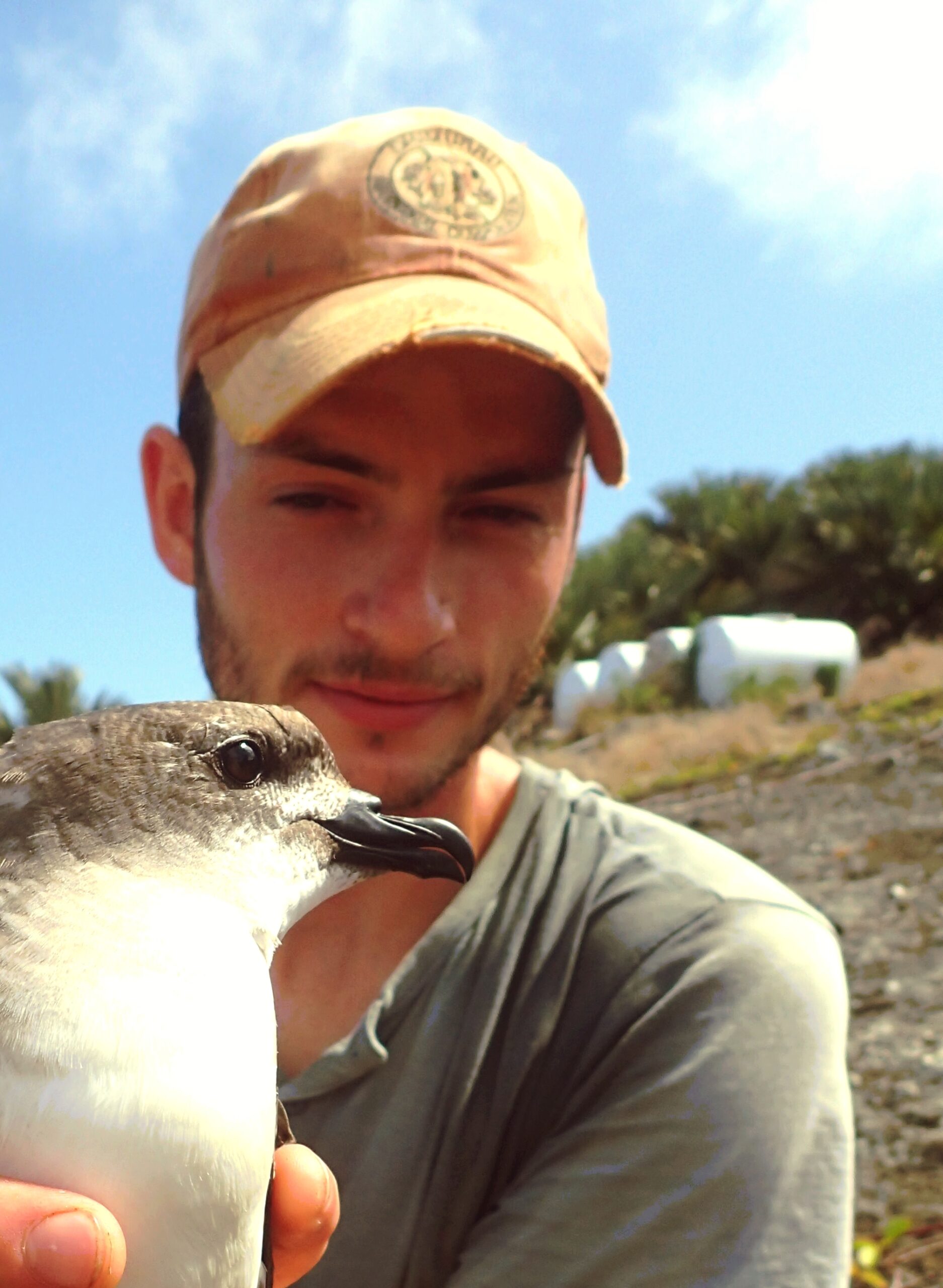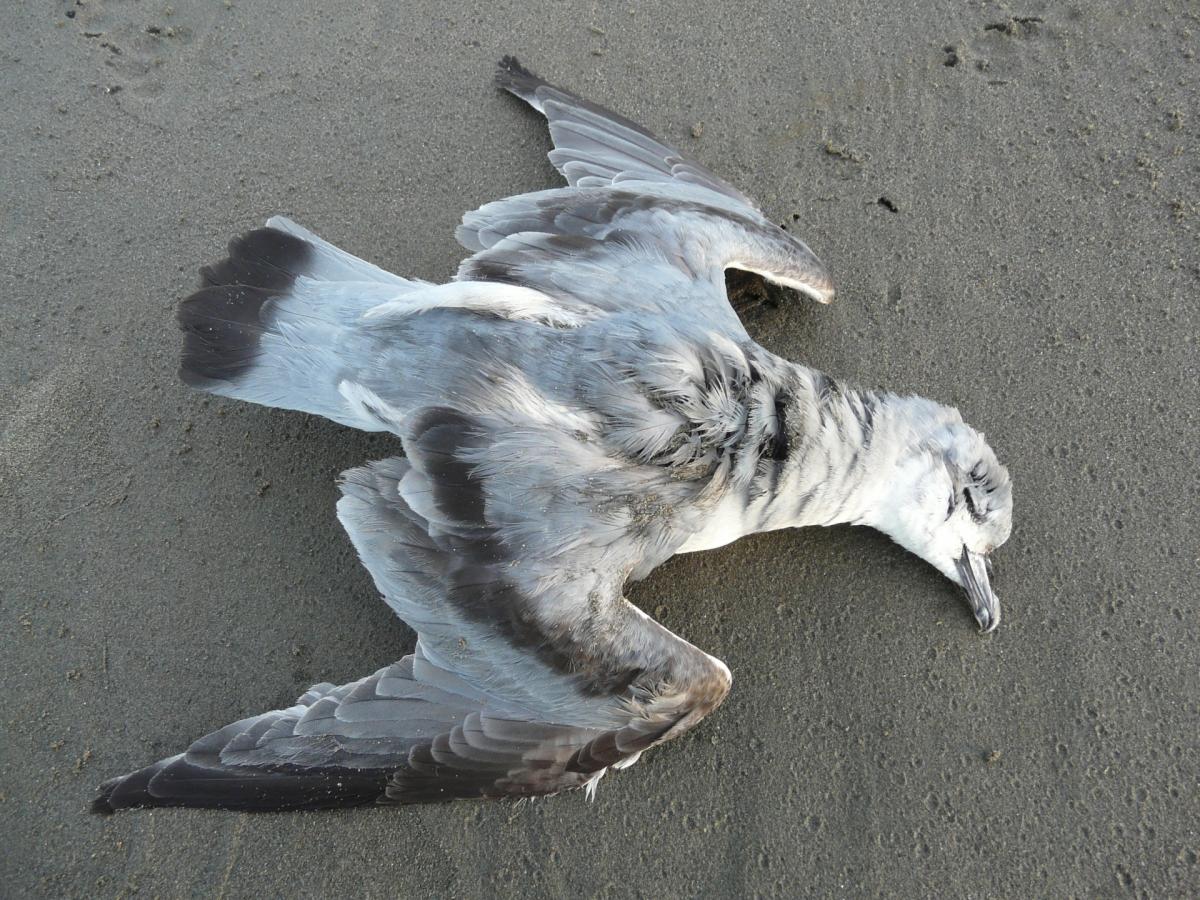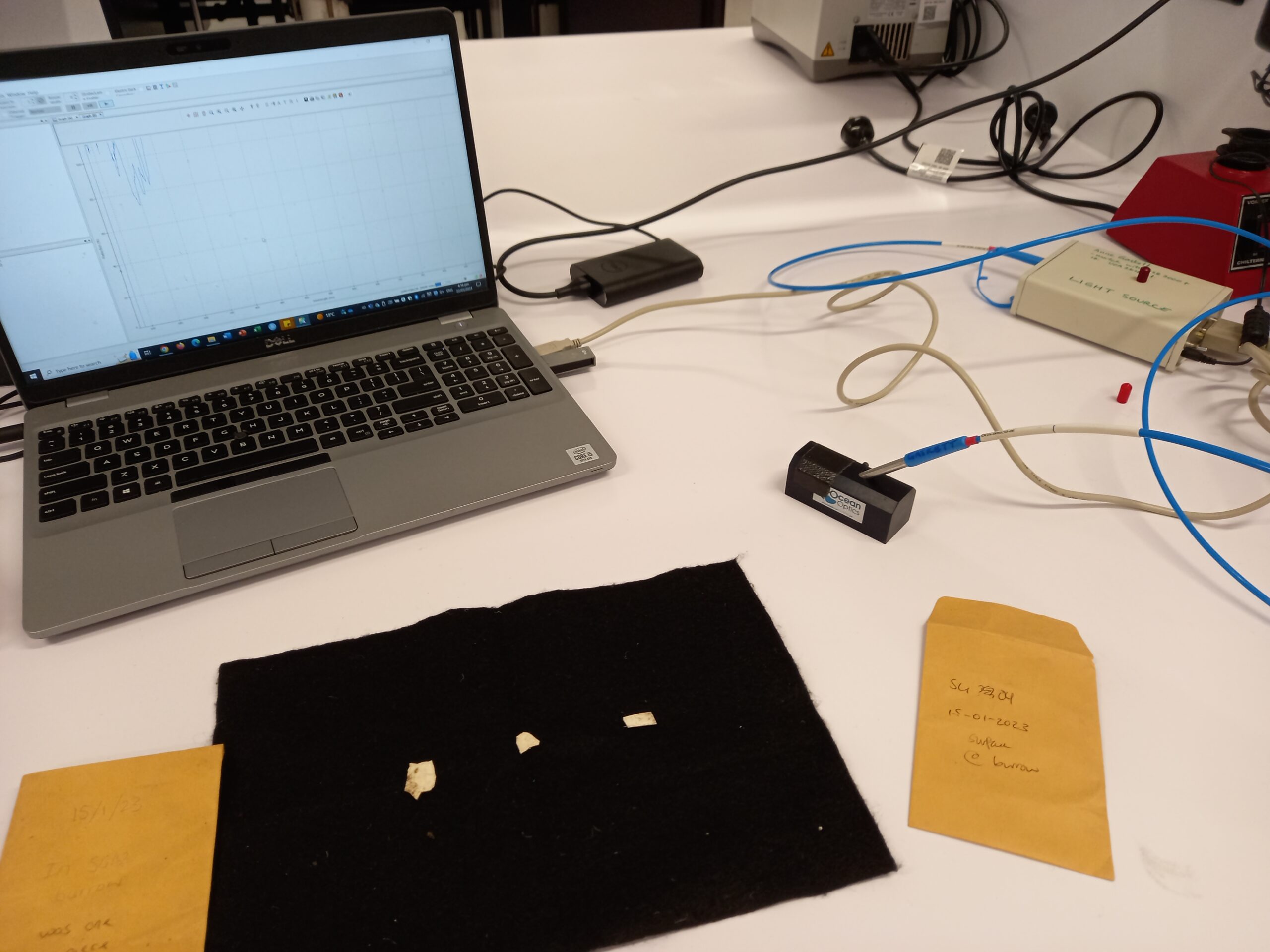Month: September 2023
Meet our new Secretary – Johannes Chambon
September 18th, 2023Thank you for my co-option onto Council. My name is Johannes Chambon. Originally from France, I worked in conservation for about 9 years in different places around the world, mostly on islands. I spent several years in the Indian Ocean (Mayotte, Mauritius, Christmas Island), and have some previous experience in Aotearoa New Zealand (Te Mana o Kupe/Mana Island, Whenua Hou/Codfish Island, and Rēkohu/Wharekauri/Chatham Islands). I was involved, amongst other things, in habitat restoration (plant propagation & weed control), population monitoring of birds and reptiles, often of threatened species, and predator control. In 2020, I went back to university to complete an MRes in Biosciences at Swansea University in Wales, UK, where I studied the migration of the endangered Abbott’s booby. I recently started a PhD at the University of Otago in the Department of Zoology, studying the climate change vulnerability of two threatened seabird species endemic to the Chatham Islands, the Chatham Island tāiko and the Chatham petrel. I look forward to further contributing to the conservation of the unique avifauna of Aotearoa New Zealand further as the Secretary of Birds New Zealand.
Johannes Chambon
Avian Influenza (“Bird Flu”) and the Beach Patrol Scheme
September 4th, 2023A pathogenic avian influenza (HPAI) A (H5N1) virus has spread across much of the world over the past five years, and it continues to spread. The H5N1 avian influenza virus, also called “bird flu”, causes an infectious, severe respiratory disease in birds. It is highly contagious among birds and can cause considerable mortality, in particular seabirds including gulls, terns, shags, gannets, pelicans and penguins.
Although the virus has not been reported in New Zealand where it might arrive in migrating birds, members of the Society, especially beach patrollers, have an important role in surveillance of the avian influenza virus when walking along coastlines. If beach patrollers observe unusually high numbers of living but sick birds, especially birds showing unusual neurological symptoms, or find recent mortality of birds on coastlines where they might have died through avian influenza, please contact the Ministry of Primary Industries hotline 0800 80 99 66 immediately.
As there is a potential risk that bird flu may be transmitted to humans, please do not touch the birds. Please wait for instructions before handling any sick or dead birds.
More information is available here.
Exploring plastic ingestion by Toanui on Ohinau
September 4th, 2023Plastic is a threat to seabirds as many ingest it or become entangled in it resulting in mortality. Seabirds could mistake the smell of plastic for the smell associated with the prey items leading to plastic acting as a type of sensory trap. However, little research explores whether the seabirds are mistaking the colours of plastic for the colours of prey items. We explored this idea with the flesh-footed shearwaters/Toanui being our study species on Ohinau Island. It was previously reported by Wildlife Management International Limited that many of the Toanui on Ohinau was consuming plastic. By gathering the plastic regurgitated by seabirds as well as collecting the plastic found around the island we measured the spectral wavelengths of the plastic using a spectrometer. We then compared it to the spectral wavelengths of seabird prey items including fish, squid and crustacean. We found that clear/white plastic was the most dominant colour and also looked very similar to the seabird’s prey items. The seabirds could be mistaking the white plastic colour with the colour of prey items. However, green plastics also looked similar to prey items but were one of the least common colours found. More research is required to study other factors which could be influencing seabird plastic colour selection including the shape of plastic, the size of plastic and the plastic’s length of time in the ocean.
Read more about this project funded by the 2022 BNZRF report here


